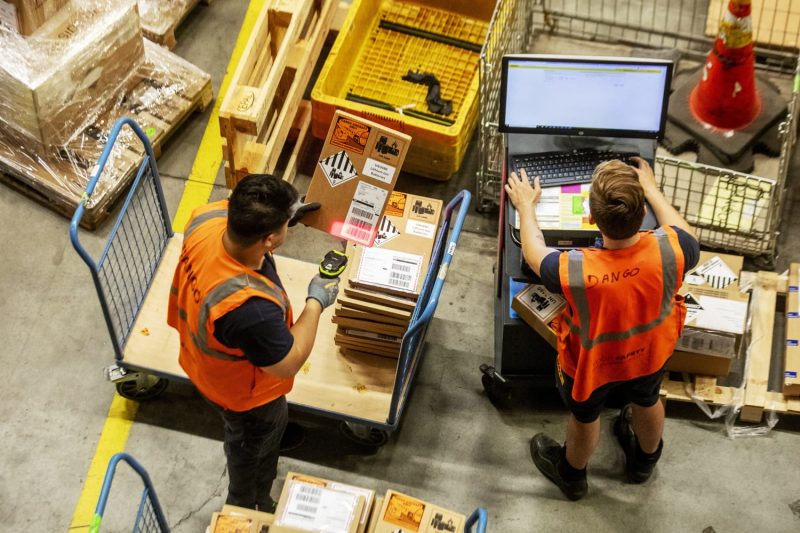In the interconnected and fast-paced world of global commerce, a single failure has the potential to trigger a chain reaction that can disrupt the entire intricate web of supply chains and trade networks. The reliance on complex global supply chains and just-in-time production methods has made businesses more vulnerable to unexpected disruptions, amplifying the impact of a single failure on a global scale.
At the heart of the issue lies the concept of interconnectivity. In today’s globalized economy, companies rely on a network of suppliers, manufacturers, distributors, and logistics providers spread across continents. This interconnected web allows for the efficient flow of goods, services, and information, reducing costs and increasing market reach. However, the flip side of this interconnectedness is the increased risk of cascading failures.
A single failure in one part of the supply chain can have far-reaching consequences. For example, a natural disaster, such as a hurricane or earthquake, in a key production region can disrupt the production of critical components or raw materials. This could lead to delays in manufacturing, shortages of finished products, and ultimately impact the availability of goods in the market.
Moreover, the reliance on just-in-time production methods exacerbates the impact of a single failure. Just-in-time manufacturing involves keeping inventory levels low and relying on efficient logistics to deliver components and materials exactly when they are needed. While this approach reduces warehousing costs and improves efficiency, it also leaves companies vulnerable to disruptions. A delay in the delivery of a key component due to a single failure can bring production lines to a halt, leading to significant financial losses and reputational damage.
The interconnected nature of global commerce also means that a single failure can have ripple effects across industries and regions. For example, a cyber-attack on a major shipping company can disrupt the flow of goods not only for that company but also for its customers and partners. This can create a domino effect, impacting businesses that rely on timely deliveries and causing widespread economic disruptions.
To mitigate the risks associated with a single failure, businesses must adopt a proactive approach to risk management. This includes identifying and assessing vulnerabilities in their supply chains, diversifying sources of supply, and developing contingency plans to respond to unexpected disruptions. Building resilience into the supply chain by fostering collaboration with suppliers, investing in technology and data analytics, and implementing robust risk mitigation strategies are essential steps to safeguard against the impact of a single failure.
In conclusion, the fragility of the global commerce web is a stark reminder of the interconnected nature of the modern economy. A single failure has the potential to disrupt supply chains, manufacturing processes, and the flow of goods and services on a global scale. By understanding the risks, implementing proactive risk management strategies, and building resilience into the supply chain, businesses can better navigate the challenges posed by a single failure and safeguard their operations in an increasingly unpredictable world of global commerce.
